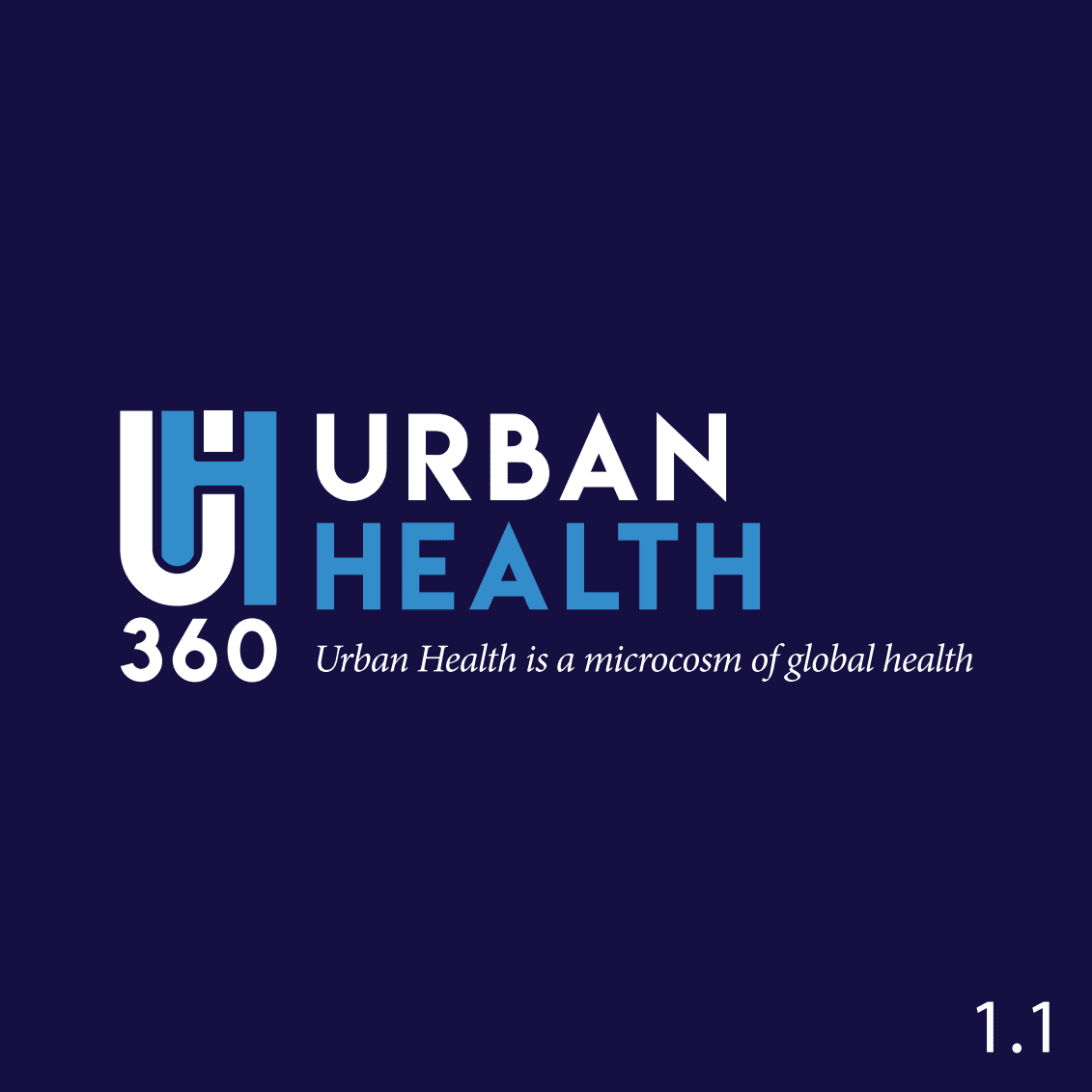Our Applied Urban Health is exemplified by our Collaborative Community Action Model. Through collaboration with our Action Partners such as Precious Gems Charity, UK, our local volunteers engage in a participatory process that empowers urban poor communities in secondary cities to take action on health issues impacting their communities.
Our model is a participatory decision-making process that empowers urban poor communities to take action on health-related issues. We emphasize active participation, entrepreneurship, and innovative action. Communities focus on their strengths and collectively mobilize to develop programs to achieve their health goals.

Characteristics of our Collaborative Community Action Model:
- Understanding the community-specific context and root causes of health issues.
- Active engagement and participation of various groups and organizations within the community.
- Collaborative decision making, problem solving, and feedback.
- Developing and enhancing capacity to produce lasting change.
- Fostering a culture of health-learning.
Underlying Principles:
- Importance of multi-stakeholder, multi-level, multi-sectoral engagement.
- By helping urban poor communities zero-in on the health-related issues impacting them as individuals and families, we expect to have a positive effect on all sectors.
- That poor urban communities are strengthened when their members are healthier and when they have information, tools, and support to change their own lives.
- To nurture a cadre of individuals who take responsibility for the health of their fellow community members.
The UrbanHealth360 Model
for Collaborative Community Action
Our Community-Centered Model is based on our 3 Pillars:
Influencing Perspectives
Driving Change
Taking Action
Engagement & Mobilization
Objectives:
- Listening – cultural and spatial influences
- Triggering – awareness of health and environmental issues
- Co-learning – collective ideas and strategies
Action Components:
- Identification and understanding of specific community health related needs.
- Definition and understanding of the spatial and cultural context.
- Identification and understanding of stakeholder dynamics.
Assessment
Objectives:
- Information gathering – key-stakeholder perspectives, mapping, visualization
- Collaborative thinking – indicators, barriers, and facilitators
- Solution building – shared understanding; asset-based solutions
Action Components:
- Mapping and visualization of needs, risks, and threats
- Identification of indicators, facilitators, and barriers
- Shared understanding of potential solutions
Co-creation
Objectives:
- Visioning – shared priorities and practical strategies
- Resource mapping – leveraging existing and new resources
- Collective planning – proposed solutions, empowerment, advocacy
Action Components:
- Collective brainstorming around potential solutions and innovations
- Identification of local resources and broader stakeholder resources
- Collective outreach and awareness activities
Action for Change
Objectives:
- Informed action – strengthening of existing resources and assets
- Innovation – new ideas and proposals for change
- Amplification – community-wide awareness of assets and resources
Action Components:
- Sustained multi-stakeholder involvement and advocacy
- Community-wide involvement around facilitators and barriers to individual and collective health.
- Amplification of assets identified and nurturing environment established.
Learning and Feedback
Objectives:
- Integrated web of supports.
- Informed and committed stakeholders and community members.
- Sustained opportunities for feedback and feed-in.
Action Components:
- Build on learning and shared knowledge.
- Capture feedback and feed-in lessons.
- Solidify supportive mechanisms.
Our Theory of Change
Working with urban poor and challenged communities to foster and enhance knowledge and awareness about the health issues impacting them to help them influence policies and practices.Create a cadre of individuals informed and engaged in the health of their community
Urban poor communities mobilize and take action to achieve better health outcomes
Culture of health learning
Greater influence on health policies and practices
Integrated web of multisectoral supports
New ideas and investments
Collective brainstorming for solutions and innovations
Collective outreach
and awareness
Greater involvement of local leaders. More supportive mechanisms
Engagement and
Mobilization
Assessment
Co-creation
Action for Change Learning and Feedback
Engagement and Mobilization
- Listening
- Triggering
- Co-learning
Assessment
- Information Gathering
- Collaborative Thinking
- Solution Building
Co-creation
- Visioning
- Resource Mapping
- Collective Planning
Action for change
- Informed Action
- Innovation
- Amplification
Learning and Feedback
- Integration
- Informed
- Sustained
- Shared learning and feedback.
- Amplification of assets and benefits.
- Multi-stakeholder supportive advocacy.
- Solution building around shared priorities.
- Implementation of practical strategies.
Key
Strength of evidence
(based on community-level assessments)
Stay up to date with our latest news and events.
Be the first to hear about the latest trends in the Urban Health Community, Institute 360 training, and upcoming networking opportunities.Our Vision
That urban poor and challenged communities will have greater knowledge about the health issues impacting them so they can use it to influence policies and practices.
Our Mission
Engaging urban poor communities in the business of urban health to create collective efficacy around urban health.
